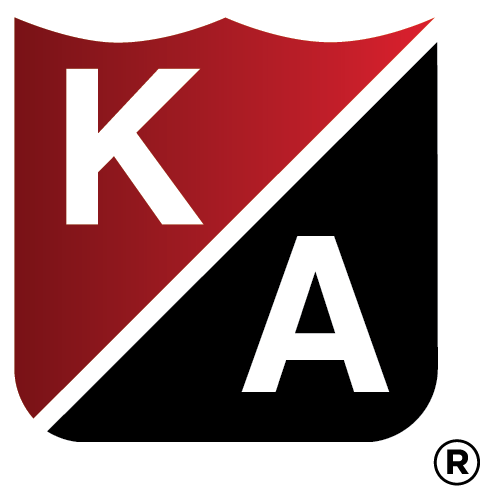Several new terms and challenges have jumped into the insurance industry lexicon. The terms and awareness of the issues is important, but the risk management steps are mission critical to avoid a situation that could result in the dismantling of your business.
Before we label the phenomenon, let’s start with some data and a few examples. In 2019, a Dallas, Texas jury awarded $860 million to the family of a woman who was killed by a crane collapse from a real estate developer that hired and supervised the crane operator. In 2021, a jury in Boone County, Kentucky awarded a family $74 million from a road construction company that resulted from a crash on an improperly paved road. Also in 2021, a jury in New York awarded $100 million to the family of an 18-year-old who was killed in an auto crash. One of the significant factors in this case was that the employer of the driver should have known that the driver was unfit to drive.
While individual cases capture the headlines, the trends are also alarming. For instance, in the auto insurance sector, the emergence of distracted driving and the growing acceptance of large punitive damages have led to soaring claim costs. A study by the Insurance Research Council found that between 2007 and 2017, the average cost per paid bodily injury liability claim in the United States rose by 32%. According to a report by Aon, a leading global professional services firm, medical malpractice claim severity in the United States has been steadily increasing due to higher jury awards and settlements driven by societal attitudes towards healthcare. Between 2008 and 2018, the average severity of medical malpractice claims rose by 76%, far outpacing inflation.
A 2023 analysis by Marathon Strategies found that in the decade following the Great Recession, the median verdict greater than $10 million against corporate defendants grew 55%. The five years leading up to the COVID-19 pandemic saw a particularly sharp rise in both the sum of these verdicts (178% increase) as well as their median (41% increase). Marathon’s analysis found that nuclear verdicts against companies most often stemmed from cases in products liability (37%) and intellectual property (23%) matters. Since 2009, there have been 211 products liability nuclear verdicts for $63 billion and 173 intellectual property verdicts for $41 billion. The next-largest case topics, breach of contract or breach of fiduciary duty, combined for 105 verdicts for $17.5 billion total. Other top cases for nuclear verdicts include motor vehicle (83 verdicts for $7.8 billion) or wrongful death accidents (6 verdicts for $8.2 billion), worker or workplace negligence matters (71 verdicts for $4.6 billion), and fraud (47 verdicts for $4.9 billion).
The insurance industry has labeled these large settlements over $10 million as nuclear verdicts (and in some cases thermonuclear verdicts). They result from a general concept of social inflation that is driven by fears of financial hardship, increasing economic disparity, negative public sentiment and trust towards corporations and large businesses, and the erosion of tort reform. Also contributing to the trend is a growing legal industry focus on litigation funding. This practice includes providing capital and funding through legal financing by a third party. According to a 2022 Litigation Finance Market Report by Westfleet Advisors, there are 44 litigation funding firms in the US with assets under management of $13.5 billion. This funding levels the playing field in terms of the ability to fund costly legal battles.
It is not possible to completely shield your business from the risk of these situations, however, there are practical steps that can minimize the likelihood and impact. A robust risk management, safety and quality assurance program is table stakes. That includes creating a culture and climate of any injury, crash, or construction defect being one too many. That starts with business leadership and includes basic tenants such as safety and health over production and speed, every time. It also includes strict adherence to fleet and driver policies to avoid even the potential of a negligent entrustment claim (allowing an employee to drive that was known to be unfit). Clarity in upstream and downstream contracts is also a basic tenant. Knowing what you are responsible for and clearly knowing what others are responsible for, increases accountability and trust. According to several law firms, trust with employees, partners, and clients goes a long way towards minimizing the potential for significant adversarial litigation. Finally, reviewing insurance policy limits and protection with your insurance broker should be at least an annual exercise. Your broker relationship and partnership, built on trust, is important to navigate these complex environments.



